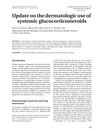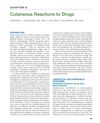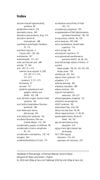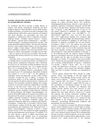Case Report: Pemphigus Vulgaris in an Adolescent
August 2002
in “
Current Opinion in Pediatrics
”
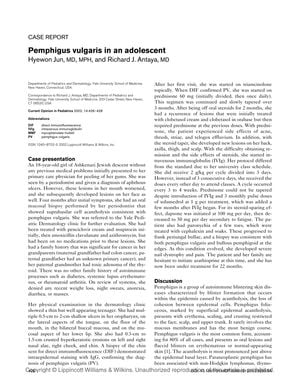
TLDR An 18-year-old girl with pemphigus vulgaris needed strong medication and careful treatment due to ineffective initial therapies and side effects.
In 2002, an 18-year-old Ashkenazi Jewish female was diagnosed with pemphigus vulgaris (PV) after presenting with peeling gums and developing oral and facial lesions. Initial treatments with antibiotics and topical agents were ineffective, necessitating systemic steroids, which caused side effects such as acne, thrush, striae, and telogen effluvium. Attempts to taper prednisone were unsuccessful, leading to the use of intravenous immunoglobulin (IVIg) and pulse doses of solumedrol. Dapsone was introduced for its steroid-sparing effect. The patient also developed periungal bullae, indicative of PV or bullous pemphigoid. After 22 months, she was reluctant to start azathioprine. The report highlights PV as an autoimmune disease more common in Jewish and Mediterranean adults, with a global incidence of 0.1 to 0.5 per 100,000. It underscores the need for suspicion in diagnosing PV in children and outlines the treatment goal of immunosuppression, starting with steroids and considering adjuvant therapies like IVIg, azathioprine, dapsone, and cyclophosphamide when necessary.
